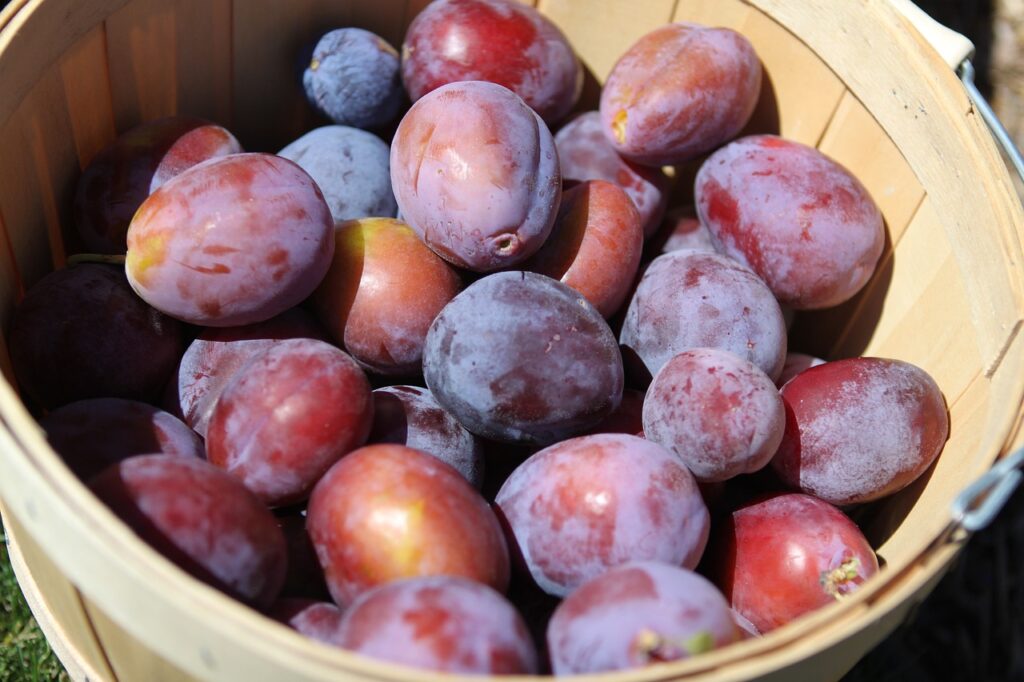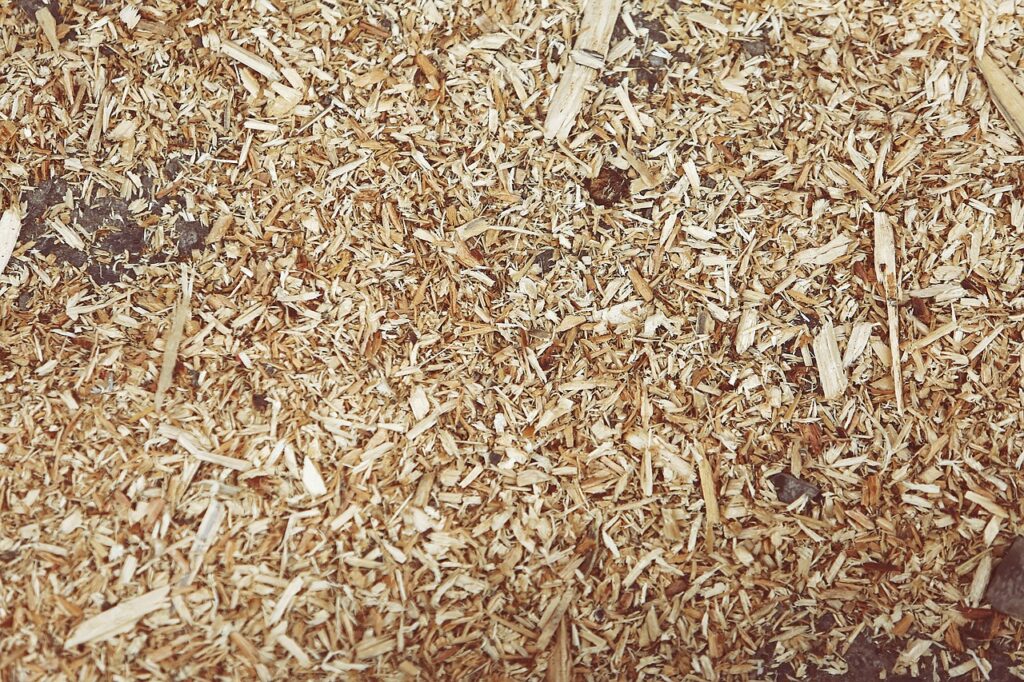As the snow melts and temperatures rise, it’s time to prepare your garden for the vibrant season of spring. Proper garden care in the early months can set the stage for a thriving, beautiful garden throughout the year. Here’s a detailed guide on what you need to do to get your garden ready for spring.

Clean Up the Garden
Start by removing any debris, fallen leaves, and dead plants from your garden beds. This cleanup helps prevent pests and diseases from overwintering in your garden.
Prune Shrubs and Trees
Spring is the perfect time to prune your shrubs and trees. Remove any dead or damaged branches to encourage healthy growth and shape the plants as needed.

Prepare the Soil
Before planting, prepare your soil by tilling and adding organic matter such as compost. This improves soil structure and provides essential nutrients for your plants.
Start Planting Early Crops
Plant early-season vegetables like peas, lettuce, and radishes. These crops can handle cooler temperatures and give you an early harvest.
Divide Perennials
Spring is a good time to divide and transplant perennials that have become crowded. This helps rejuvenate the plants and encourages more blooms.
Apply Mulch
Mulching helps retain soil moisture, suppress weeds, and regulate soil temperature. Apply a layer of mulch around your plants after the soil has warmed up.

Check Your Tools
Inspect your gardening tools and make sure they are clean and in good working condition. Sharpen any dull blades and replace broken tools to ensure efficient gardening.
Fertilize
Apply a balanced fertilizer to your garden beds to give your plants the nutrients they need for robust growth. Be sure to follow the recommended application rates.
Watering Schedule
Establish a consistent watering schedule. Newly planted seeds and transplants need regular watering to establish strong roots.
Monitor for Pests
Keep an eye out for early signs of pests and diseases. Addressing these issues promptly can prevent them from spreading and damaging your plants.
Tips for Successful Spring Gardening
- Know Your Frost Dates: Be aware of the last frost date in your area to avoid planting too early.
- Use Quality Seeds and Plants: Invest in high-quality seeds and healthy plants for better results.
- Rotate Crops: Practice crop rotation to maintain soil health and reduce pest problems.
- Stay Consistent: Regular care and attention will keep your garden thriving throughout the season.
Conclusion
Spring garden care is essential for setting up a successful growing season. By following these steps, you can ensure your garden is well-prepared and ready to flourish.